Solar PV Software & Advanced Copper Imaging Case Studies | Project Frame October Community Meeting
Disclaimer: Project Frame is not a regulatory body, nor should its content be considered financial advice. Methodology guidance produced by Project Frame represents our contributors’ consensus and no one singular entity. Our work is intended for readers to review and use their best judgement to accelerate GHG mitigation with transparency and accountability. Numbers used in Case Studies are fictional and meant for educational purposes only.
What does future emissions impact assessment look like in practice?
Content Working Group Member Natalie Milde of Future Energy Ventures and Sam Levac-Levey of Starshot Capital joined the Frame community on October 24 to share a peek into their application of Project Frame’s forward-looking GHG impact methodology with case studies assessing a digital marketplace and software tool for the acceleration of commercial and industrial-scale solar photovoltaics and advanced imaging to enhance copper yields.
These are two of Frame’s new case studies inspired by real investments, developed with the intention to support greater impact accountability by sharing learnings gained through this challenging work.
Simplifying the Process of Deploying Clean Energy Solutions
Milde from Future Energy Ventures (FEV) shared a case study on a software tool that accelerated the deployment of solar PV, offering insights and encouragement for those considering similar work.
FEV, a Series A and B venture capital fund, invests in impact-driven companies focused on energy and sustainable cities across Europe, North America, and Asia Pacific. Aiming for market-rate or higher returns, FEV conducts and reports impact assessments on each deal to gauge emissions reduction potential, ensuring that scalable impact is linked to commercial success.
Milde, as the impact lead, stated that “an important principle for us is that the deal team owns the impact due diligence, just like any other part of due diligence, to spread this competency across the team.”
The case study is a deep dive into a solution that accelerates the adoption of solar photovoltaic (PV) systems in the commercial and industrial (C&I) sectors with a software platform that connects PV installers with property owners interested in renewable energy for their buildings. This AI-powered platform streamlines the process from feasibility to supplier selection, significantly reducing soft costs, which traditionally account for 30 to 50 percent of C&I project expenses.
Milde explained that the platform supports the shift to solar power, reducing reliance on higher-emission grid electricity, which varies significantly in carbon intensity by location and time. By facilitating self-consumption and grid supply, the platform helps lower overall grid emissions.
“At the screening stage, we are looking for solutions where impact is really interlocked with commercial success, meaning: the more sales, the more impact,” Milde said, speaking on the importance of the ‘volumes’ side of Project Frame’s methodology. “And this is quite clear in this solar case. The more megawatts installed, the more impact,”
FEV’s screening stage also emphasizes quantifying realized impact for later-stage Series A or Series B companies before assessing forward-looking impact, such as potential or planned.
While FEV is one of the few Project Frame members to calculate realized impact, Milde says they find it “more practical because we have access to how many sales they already [made] and what they are planning to sell for the next few years.”
Advanced Imaging to Enhance Copper Yields
Levac-Levey, founding partner of Starshot Capital, shared insights on the firm’s mission to back founders building climate solutions for market decarbonization.
As an impact-first, early-stage venture fund, Levac-Levey stressed that “the impact assessment is generally our first filter when looking at any company.” Starshot Capital, with $35 million under management, invests globally from pre-seed to Series B, targeting sectors often underfunded in climate tech: heavy industry, food and agriculture, and the built environment.
The firm prioritizes investments in companies with the potential for over one gigaton of CO₂ reduction over 30 years, emphasizing that impactful climate solutions and strong profitability often go hand in hand.
“There's a huge mismatch between where funding has traditionally gone and where it's needed,” Levac-Levey said.
His case study analyzes a new technology designed to increase copper mine yield by monitoring fluid movement within geophysical assets, estimating it could reduce greenhouse gas (GHG) emissions by 1.3 gigatons cumulatively by 2050 if widely adopted. While applicable to other industries, this analysis focuses solely on copper mining.
Starshot envisioned the primary benefit of this technology as not just the reduced emissions in mining but also the potential to ease copper supply constraints, enabling more clean technology production, which amplifies the impact.
“We modeled two main impact pathways. One is closing the copper supply gap, and this entails modeling the additional EVs, solar panels, and wind turbines that could be manufactured with the additional copper recovered by the company's technology, said Levac-Levey.
“The second pathway is reducing the emissions of copper mining itself. By increasing the yield of existing ore heaps, more metal can be extracted for the same amount of emissions, which effectively reduces the emissions per unit of copper produced,” Levac-Levey explained, highlighting the versatility of the Project Frame methodology in setting parameters and assumptions to the specific climate solution.
“Pathway number one accounted for about 96 percent of the cumulative impact, and this is really important because pathway two is the traditional pathway that everyone first looks at when evaluating any climate solution,” he said.
“If we only looked at pathway two, this technology would have failed our investment criteria and we would not have invested in the company,” Levac-Levey explained. “We realized that we need to expand our modeling a little bit and consider some of the other ways that this could unlock the copper markets.”
If you are not already a Project Frame member, you can become one for free to attend future Community Meetings.
If you are interested in creating a future emissions impact Case Study, please contact impact@primecoaltion.org.
